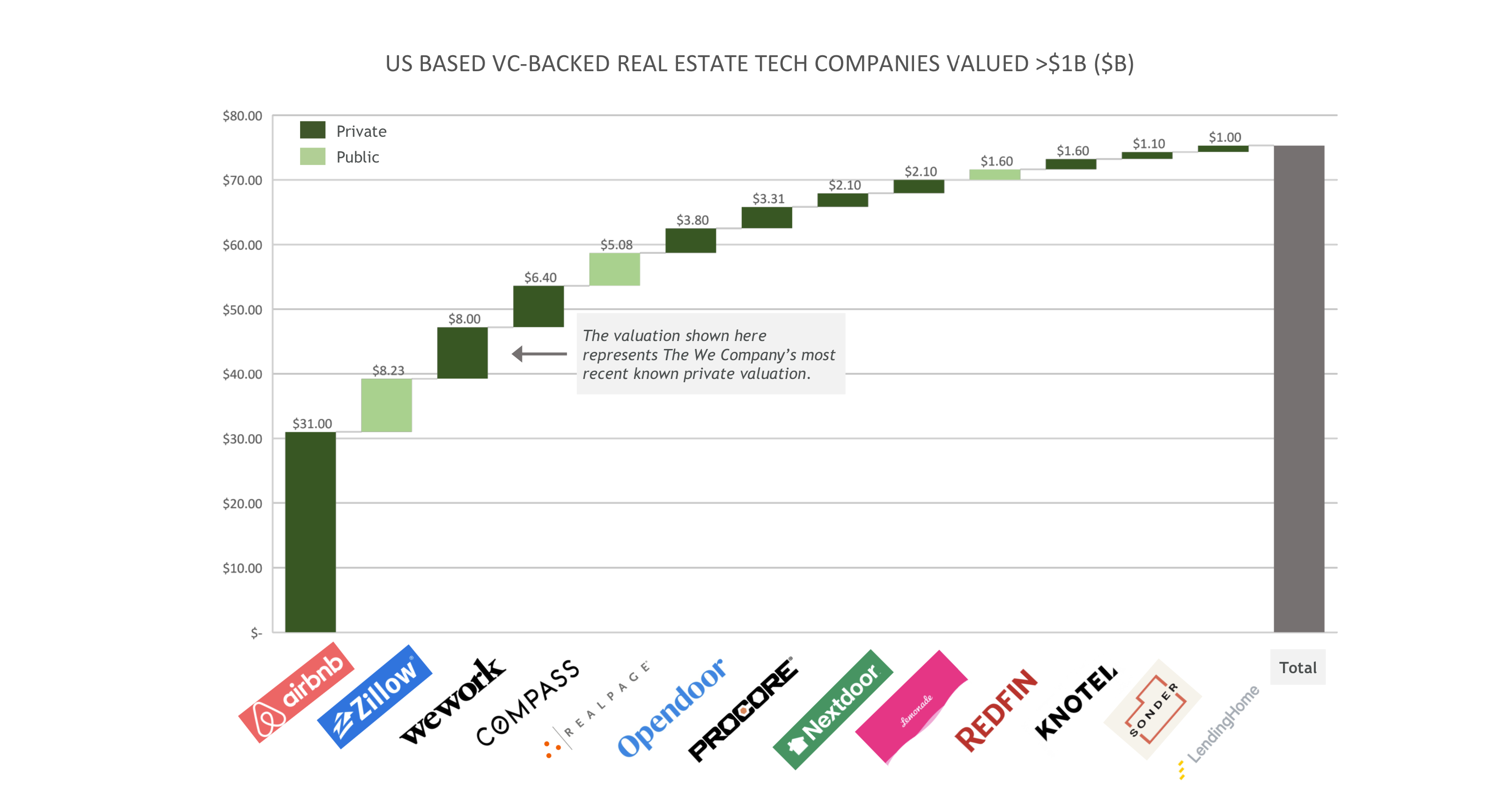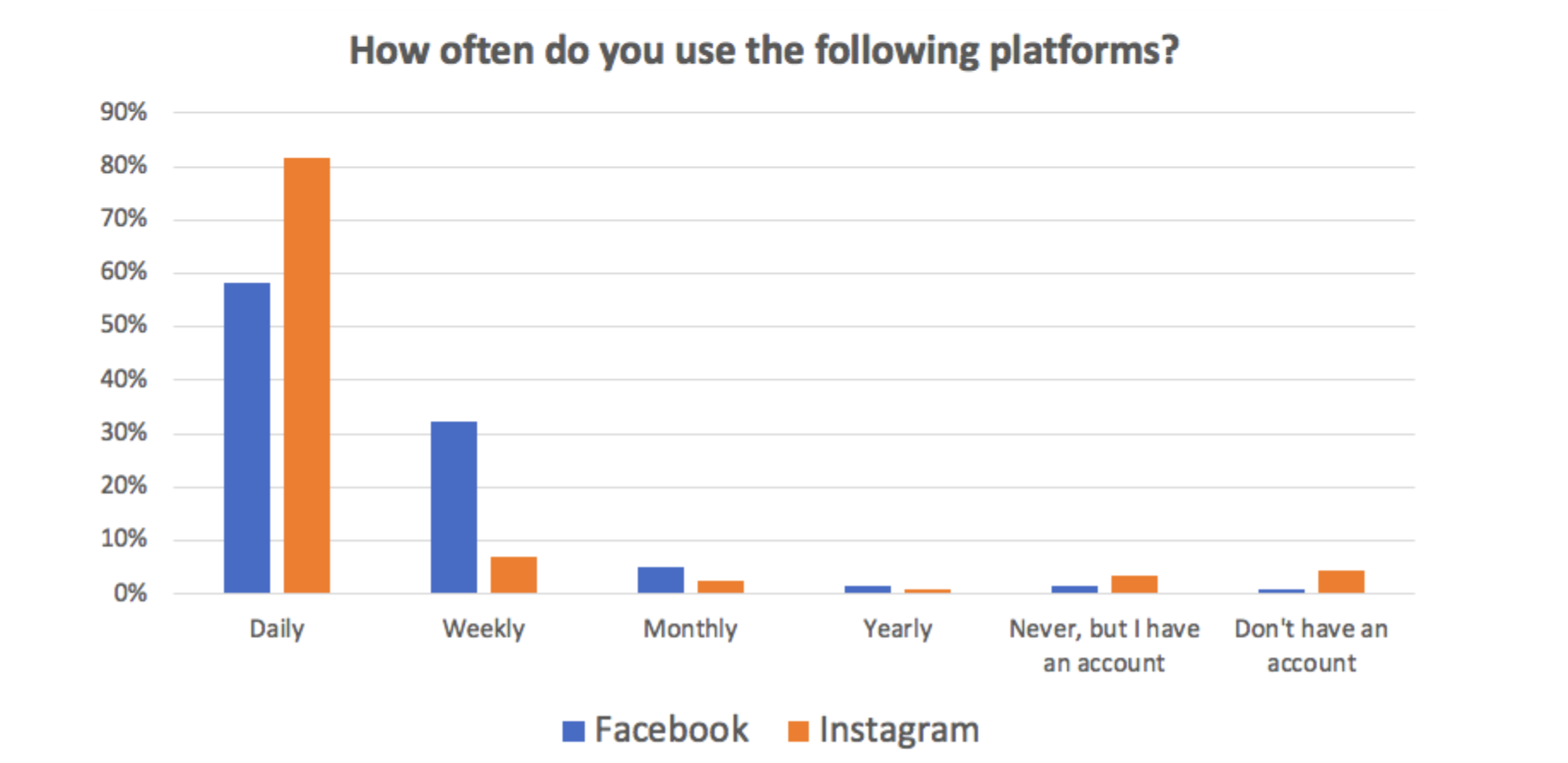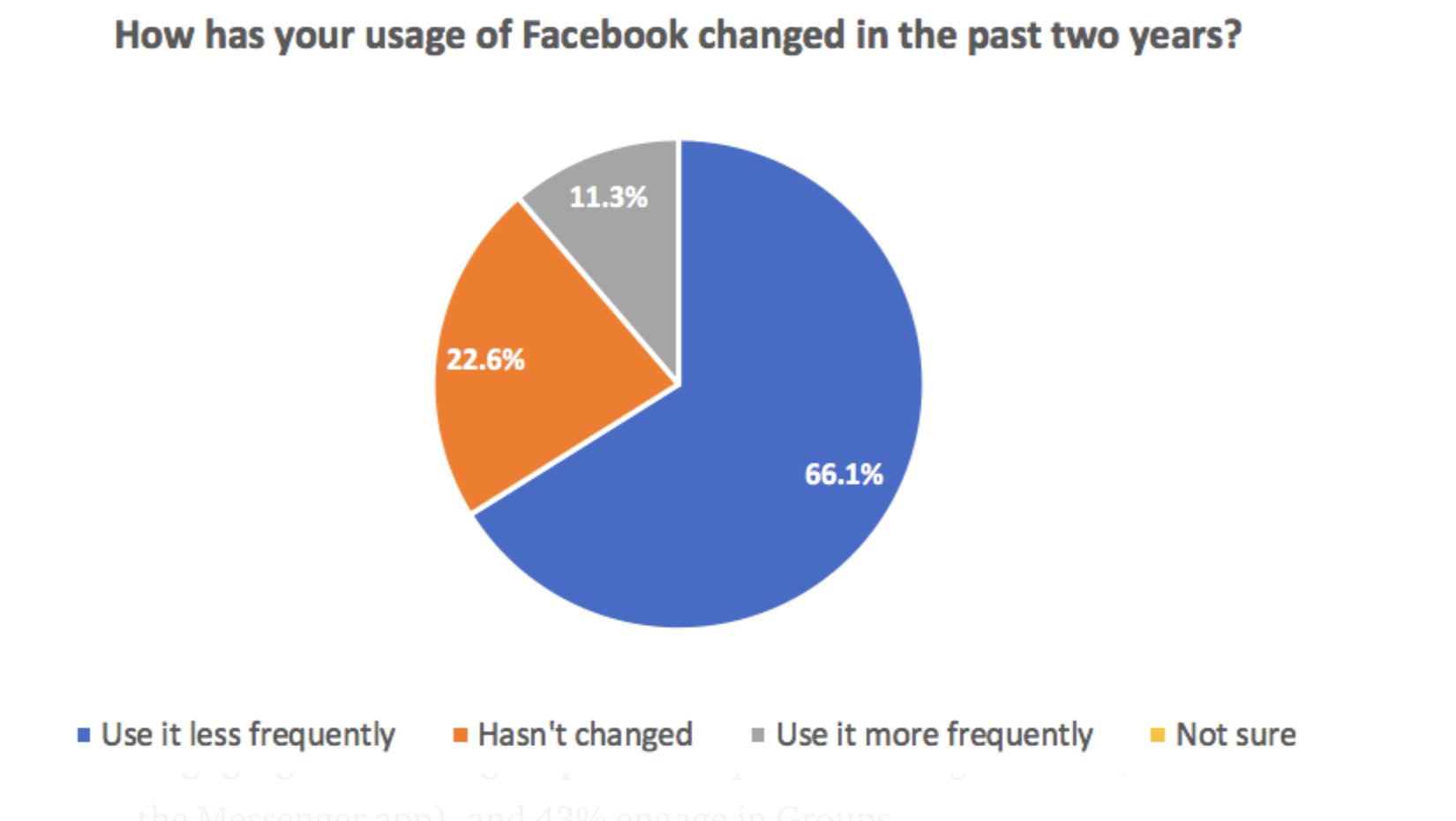Last month, Carbon announced its first new CEO in the company’s history. With $260 million worth of investments and a $2.5 billion, it’s a big job. But Carbon’s 500-person headcount is small potatoes compared to Ellen Kullman’s last gig.
For six years, Kullman headed up DuPont, the culmination of a nearly 30-year career at the chemical giant. After leaving the role in 2016, she joined a number of different boards, including Goldman Sachs and Dell. It was, however, a three-year-old Bay Area-based 3D printing company that ultimately drew her interest.
After six years at the helm of the company, co-founder Joe DeSimone stepped aside in November and became Executive Chairman of the Board. His background as a chemist helped birth the startup, while Kullman’s experience leading a Fortune 500 clearly indicate a company looking to take the next steps.
As several substantial funding rounds can attest, there’s clearly massive interest in Carbon’s potential. Over the past few years, the company has formed partnerships with Adidas, Ford, Ridell and a number of other manufacturers. As its newly-minted CEO, Kullman’s job will be following through on those deals and proving the company’s potential as a key player in the future of manufacturing.
This interview has been edited for length and clarity.
When was it clear that your time [at DuPont] had kind of run its course?
It was a proxy contest, and we won the proxy contest, but the activists made it clear that he was going to keep coming after the company. I really was the lightning rod, right? It became personal to him that DuPont beat him, right? The only thing that was going to get that settled down, I decided, was me leaving. I’d been there 27 years. I’d run seven years as the CEO. I had a great track record on gross, and on TSR, versus the S&P and things like that.
It was just the right time to exit. Basically the decision came up in the middle of ’15 and you know, I stepped down in late October, I think it was. That was pretty quick for a transition and so that’s why I took a couple of years to figure out what I wanted to do. Actually the first thing I took on was agreed to come on Carbon’s board about four months after I left DuPont.
You’ve been on a number of boards. What attracted you to Carbon, specifically?
Being a mechanical engineer and running a company like DuPont with polymers, I understood injection molding pretty well. I understood how we at DuPont were helping customers try to optimize what they were doing with pure material science. What hit me when I came out here is that digitization, technology, had impacted everything we do. Supply chain, our ERP, our HR systems. Everything around the manufacturing have been touched except, manufacturing itself. Yeah, we might have smarter DCS systems that are running the lines and things like that, but injection molding hasn’t changed for hundreds… the fundamentals. And this has an opportunity to fundamentally change it at a scale and a cost that was relevant. My big thing at DuPont is we could do amazing things with creating new materials, new ecosystems for those materials.
As someone who is familiar with manufacturing and injection molding, you’ve surely known about 3D printing/additive manufacturing for a long time now. To your mind, what is Carbon’s differentiator?








